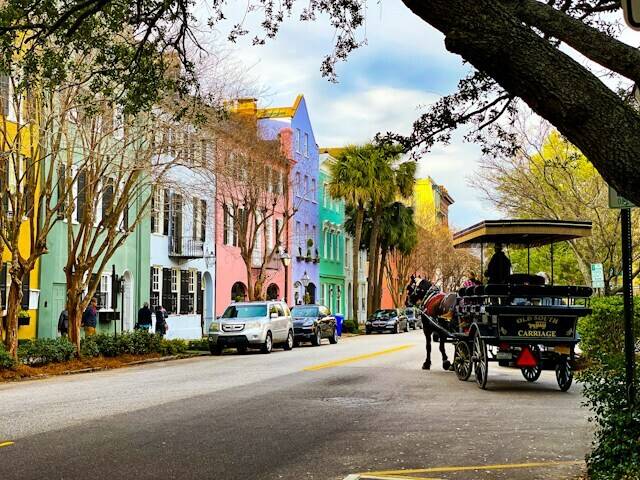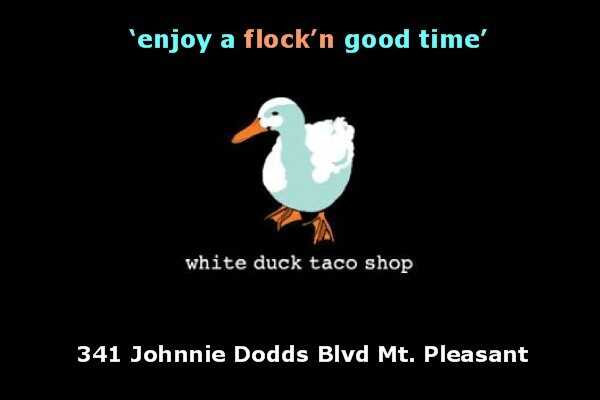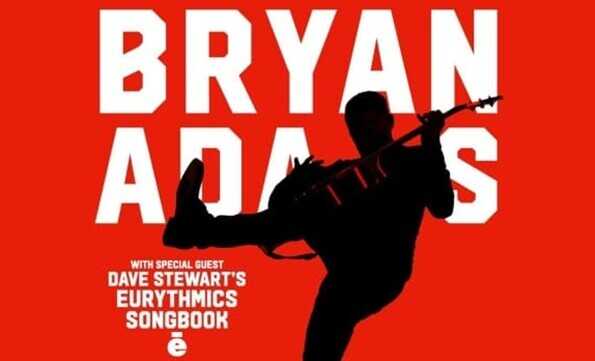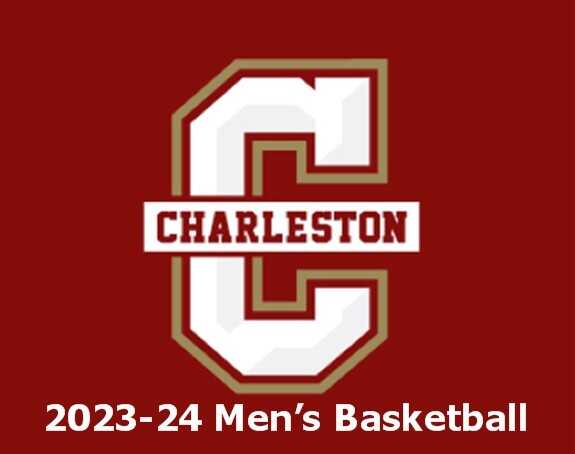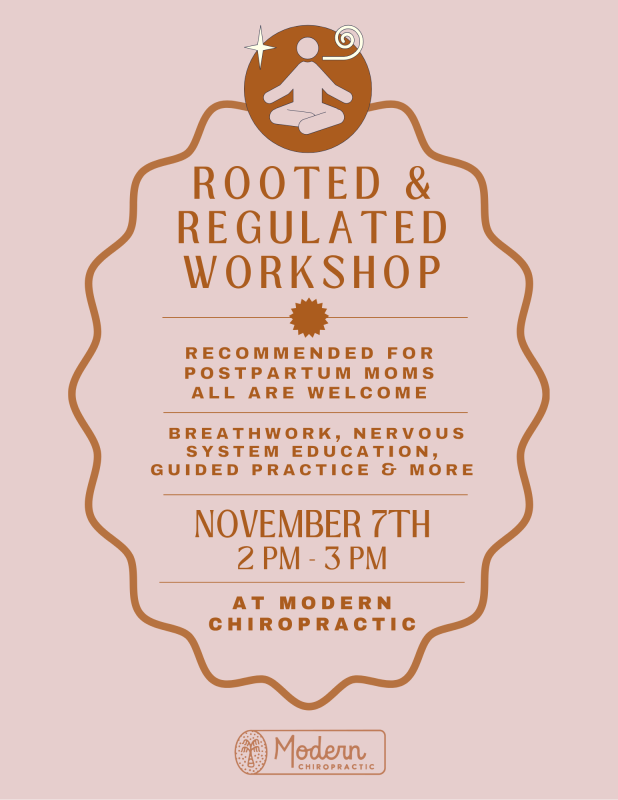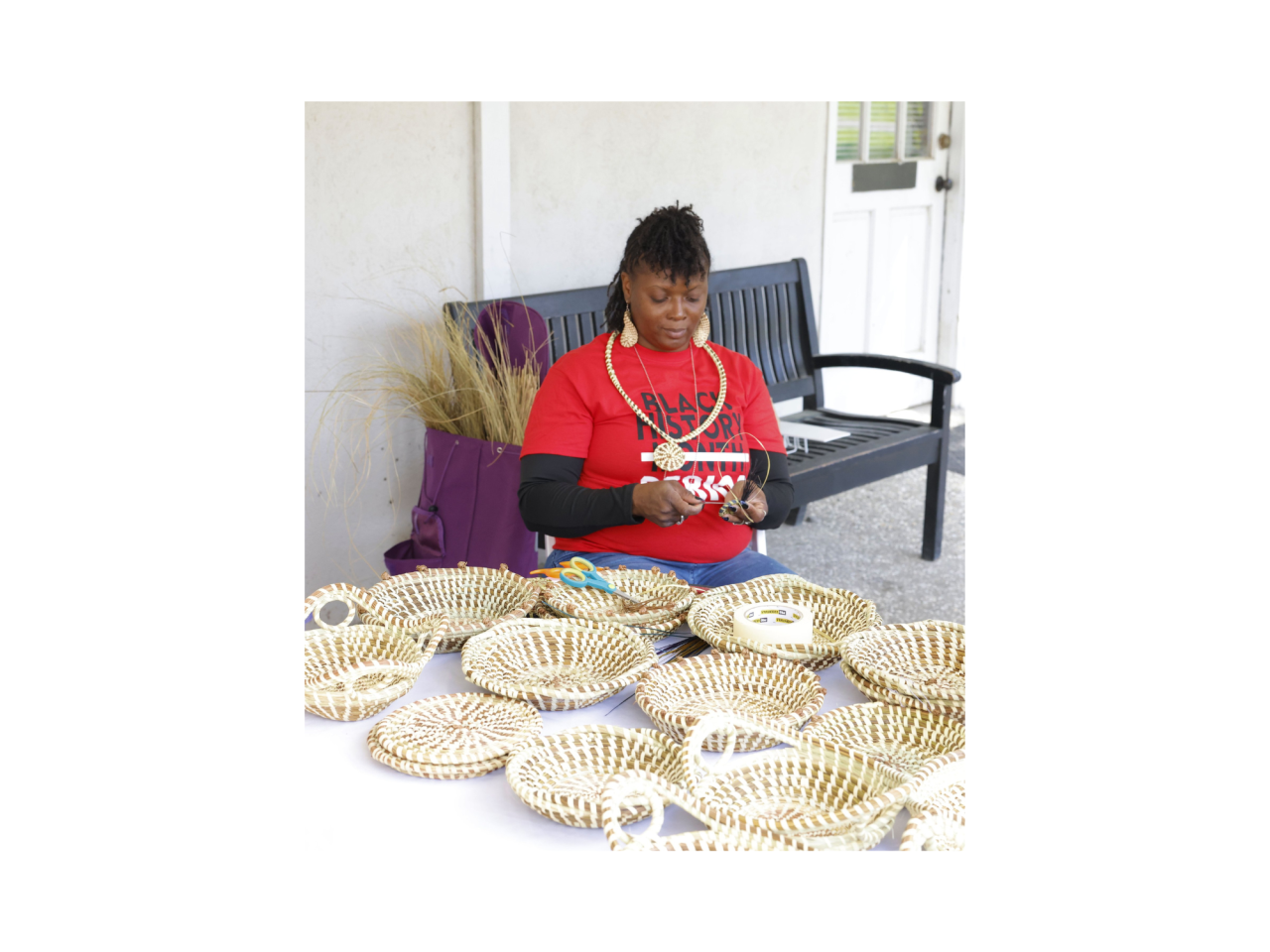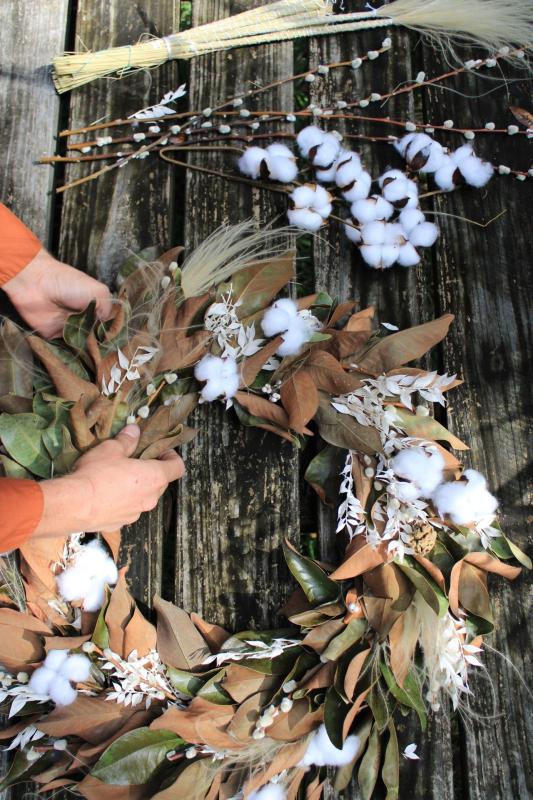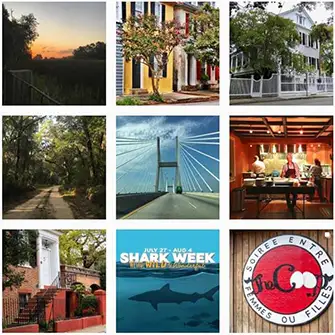Wine, Food, Craft Beer, Arts & Crafts, Exhibitions & More, Something For Everyone at Annual Event
Charleston is a beautiful city where history meets contemporary charm. Therefore, you’ll find everything from historic mansions to modern marvels you can call home. However...
Neuropathy is a complex condition. It affects about 20 million people in the U.S. Up to 50% of diabetics could develop it. The economic impact is big.
Newly Married Couple Enjoying Post Show Celebrity, Considering Move to Charleston SC
In recent years, IV (intravenous) vitamin therapy has gained popularity as a wellness trend among celebrities, athletes, and health-conscious individuals. This treatment involves administering vitamins...
Signature Tacos, Frozen Drinks, Ice Cold Beer Among the Unique Menu at Mt. Pleasant Eatery
Annual Fundraiser Just One of Several Ways Local Food & Beverage Community Support Ongoing Mission To Combat Hunger
Neck pain is a common ailment that can significantly impact one's quality of life, causing discomfort, reduced mobility, and in some cases, severe pain. However, chiropractic care has emerged as a non-invasive, drug-free approach to managing and potentially alleviating neck pain.
Musician, Noted Photographer, & Humanitarian, Adams is Passionate About Everything He's Involved In
Rays will return to action on March 1 for a 7:05 pm tilt against the Florida Everblades.
Cougars Smoking Hot From 3-Pt. Land, Going 15 of 22 From Beyond the Arc, Charleston Remain In First Place in CAA


